
Correcting the Vision
Vision is extremely important for every single action we perform daily. When there is some problem with the vision, many people will instantly go to their doctor for the eye check up. Both spectacles and contact lenses may significantly improve the vision, but what suits who is not easy to answer. These days, there is an increasing number of people moving from eyeglasses tocontacts.
Wearer of contact lenses are mainly people at their 40s (40 to 45 years of age). Children who have troubles with their vision may also use contact lenses. However, most of the kids outgrow their problem and don’t have to wear the contacts after some time. Presbyopia is medical term used to describe inability to clearly see things located close to the person. For these patients, contact lenses can improve vision of both near and far objects and this is the reason many of them throw away the glasses and start using contact lenses instead.
Types of Bifocal Contact Lenses
Bifocal contact lenses, as their name suggests, have two functions. Upper half of the lenses is designed to help people to see some objects located far away. On the other hand, people can see something very near simply by using the lower part of these bifocal contact lenses. Because of this it is said that bifocal lenses have two types of power.
Bifocal or multifocal lenses, as they are sometimes also known, can be soft or rigid. According to the design of the lenses, there are two distinctive types of bifocal contacts: alternating vision lenses and simultaneous visionlenses.
Alternating vision lenses can adjust the power between the pupils of the eyes as they move. However the pupils move, in whatever direction, up or down, the lenses simply adjust. These lenses work in the same manner as bifocal glasses. Looking straight ahead through the lenses, the person is able to see something very far. To see something close to them, these patients will have to look downward through the contacts. Alternating bifocal contacts are smaller than other contact lenses and they are usually rigid and gas-permeable.
Simultaneous vision lenses help the person wearing them to see all objects at the same time, no matter how far or close they are. Simultaneous contacts may be concentrated rings or of aspheric design. In concentrated rings, there is one prescription in the center of the lens and one or two more around the center. Aspheric bifocal lenses have multiple prescriptions blended into the lens.



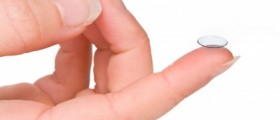
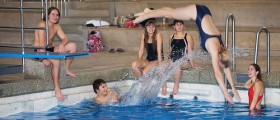





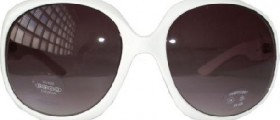


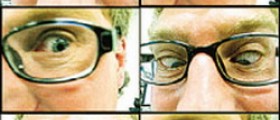


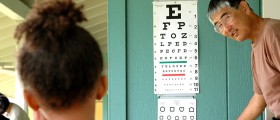
Your thoughts on this
Loading...